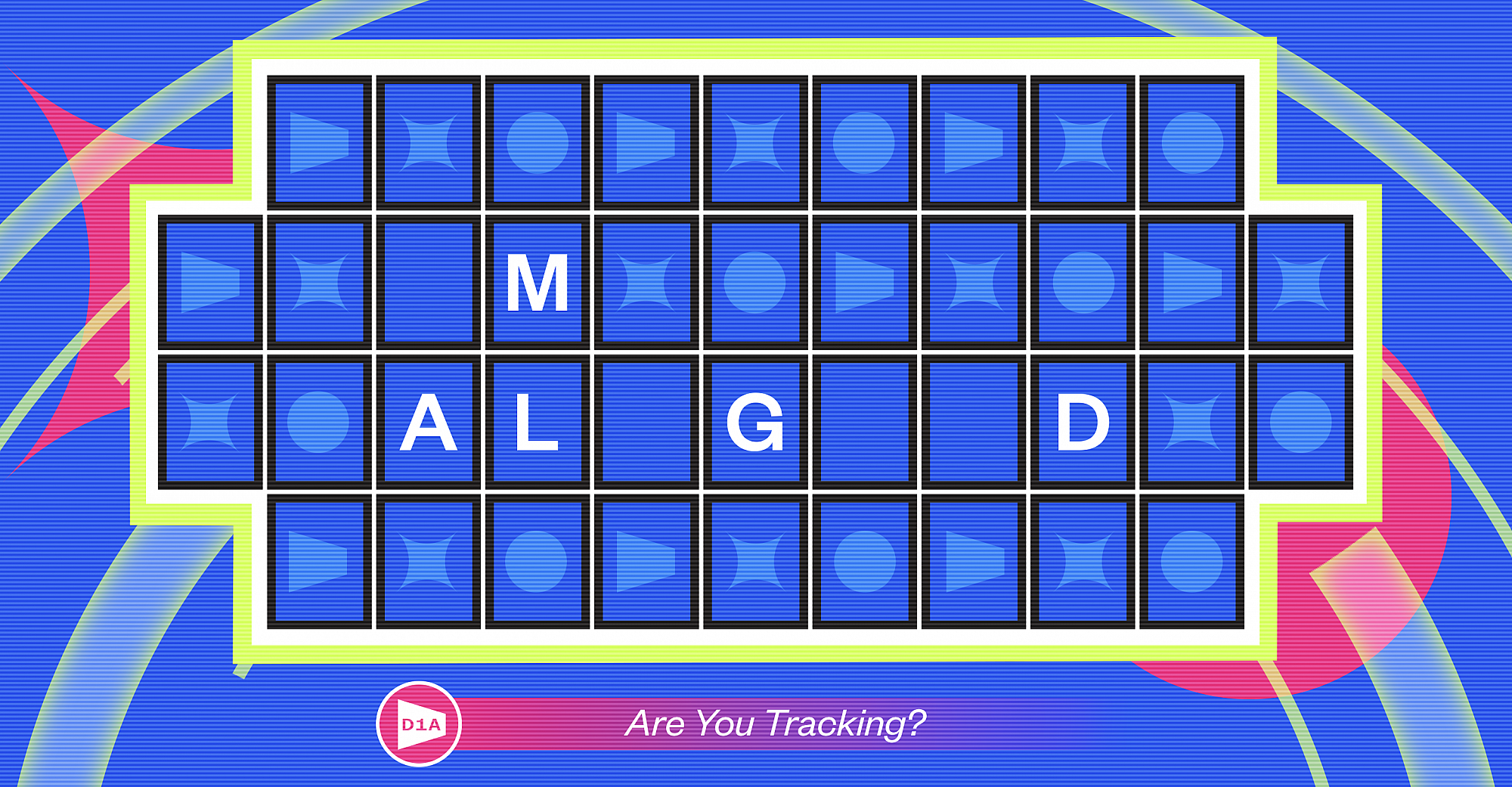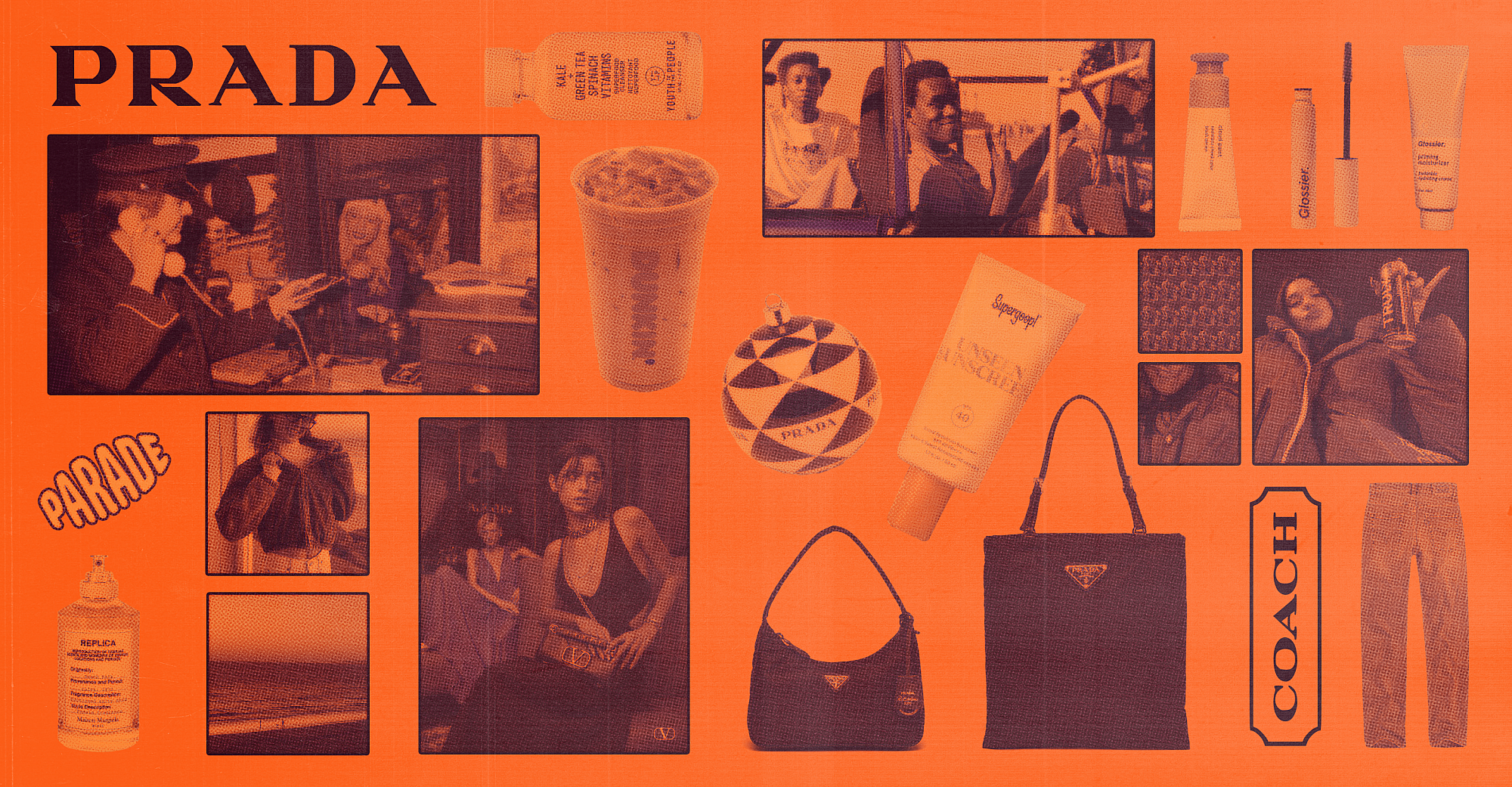What we choose to consume acts as a mirror, reflecting who we are and what we believe. Thus it follows that in our preferred brands, we see ourselves. That could amount to simple behavior: innocuous Coke drinking and iPhone scrolling, or more distinctive signifiers of taste and worldview—say, Tesla driving, oat milk pouring or Prada buying. One person’s choice—a bespoke-crafted white t-shirt purchased via an IG sponsored ad—says as much as another’s—a standard-issue one shipped from an online retailer. And brands—whose offerings are now so multi-varied and fragmented that they seek to add a halo of cachet to everything from your lunch salad to a celebrity’s newsletter side hustle to even, quite simply, convenience—jostle for our attention from every physical and digital touchpoint, striving to speak our language.
The question that arises is, as brands leverage internet-speak and meme-fied language to appear more digitally native: What exactly defines an authentic conversational voice when it comes to Gen Z?
- Colleen Kelsey, D1A
As Gen Z emerges to hold a significant share of the global market (the group accounted for 40% of total U.S. consumers in 2020), the time they spend across social media and various “digital campfires” informs how and where brands connect with them. Anyone familiar with your average brand tone-of-voice deck recognizes that certain descriptive buzzwords—like “authentic,” “confident” and “in-the-know”—crop up again and again, whether a brand is bellowing down from the mountain-top of a 60-second commercial spot, taking over a New York City subway car or lurking in the comments in a paid TikTok activation.
But these terms, chosen to establish a brand identity that is quintessentially human, relatable and in casual conversation with their target audience, are ultimately mutable. Twitter advises on their own business micro-site that, “The quick, conversational nature of Twitter makes it a place where brands can be their most human-sounding selves. Often, this takes the form of the three C's: concise, clear, conversational.” The question that arises is, as brands leverage internet-speak and meme-fied language to appear more digitally native: What exactly defines an authentic conversational voice when it comes to Gen Z? And in the age of garbled TikTok AI speak, what does it even mean to be human?
To further explore this topic, members of Ask Gen Z, the Day One youth insights arm, candidly shared their thoughts on the tactics brands employ to connect with their group—identifying how to better break through to Gen Z and avoid veering into “How Do You Do, Fellow Kids?” territory.
Some were quick to note a rift between how they see themselves and a brand’s intended copy strategy, even if brands aren’t using overwrought text message shorthand or already-tired slang like “AF” or “understood the assignment.”
“I drink oat milk, but I’m not an oat milk person. I like a lot of brands in spite of their tone-of-voice, not because of it,” says Clara Malley, Creative Strategist. “I follow a lot of beauty and skincare, and a lot of that can be very, ‘Sup, girlie.’ I don’t love that.” Emma Fecko, Editorial Strategy Coordinator, agrees. “In general, I don’t feel seen by any brand,” she says. “A lot of brands operate as ‘all press is good press,’ and as long as they can make a splash [with content or a campaign], that matters more than genuinely appealing and resonating with consumers.”
Even when a brand isn’t fully connecting, attempting to enter the conversation can earn them bonus points. “For me, it’s not a dealbreaker if a brand doesn’t know how to communicate with Gen Z on social [media], but I think everyone appreciates it more when brands lean into humor and trends,” explains Senior Account Executive Jenna Resknikoff. “You have a little bit more respect for the company when they’re allowing their employees to get the creative freedom to connect with people on a more personal level.” Self-awareness and a sense of irony is key. “Brands catch my eye when they do something funny or witty—it resonates,” Resnikoff continues. “There’s a fine line between acting too cool and like you’re not a brand, when you are.”
Embracing one’s distinct brand voice—even when it errs more over-the-top—also cuts through the noise. Fecko adds, “Fashion Nova—their emails, their texts, are so funny. I don’t know anybody who receives that content and says, ‘This speaks to me. I feel seen.’ But for me, I get them and I laugh, and they’re accomplishing something. That really aggressive Gen Z-speak appeals to me in an ironic way.”
Cringe is something that really relates to Gen Z…didn’t Taylor [Swift] say that in her graduation speech? ‘You have to embrace the cringe.
- Colleen, Kelsey

Cringe: identified as “cheugy”-adjacent, the word has become a “yikes” Gen Z catchall for feelings of awkwardness and can be the resulting effect of off-kilter TikTok humor or absurdist Twitter behavior, such as when so-called “sentient” brands nonsensically post in the first person or vie for pop-culture relevance.
This is why I don't check my DMs pic.twitter.com/GFGE5ky6wi
— MoonPie (@MoonPie) December 28, 2021
"Cringe is something that really relates to Gen Z,” notes Danielle Lee, Associate Digital Strategist. “Didn’t Taylor [Swift] say that in her graduation speech? ‘You have to embrace the cringe.’” Lee, Malley and Resnikoff all identified one brand that has cultivated this approach on TikTok: the language teaching app DuoLingo, which often puts a human-sized plushy version of their green owl mascot into increasingly surreal situations to drive engagement on the platform. “DuoLingo is leaning very hard into the meme,” Malley says. “I do think they’re successful,” notes Lee. “That’s literally what my friends talk about. They’re clearly making a mark.
- Colleen Kelsey, D1A
But Lee cautions that there is a time and a place to pull off cringe: and TikTok is it. “[Twitter] is the platform where you should not be cringey if you’re trying to reach Gen Z,” she says. “TikTok helps because it’s funny, so everyone is on the same page. It’s like explaining a funny joke. It’s not the same effect—that’s how cringe doesn’t play as well on Twitter.” Cringe on Twitter often results in viral lampooning, and while there may be major visibility of one of these tweets, it doesn’t necessarily shift their audience’s behavior beyond providing an amusing moment in the trending-topic cycle. “I do find it entertaining, but does that make it more desirable for me as a consumer?” Resnikoff asks. “I have a lot of respect for brands who do outside-of-the-box things, but I don’t know if it makes me more likely to pick them up in-store because I saw a funny tweet.” Content written to entertain or riff on a zeitgeisty joke can certainly elicit a like or reshare, but knowing the platform—and audience’s expectations of it—will help brands foster a more authentic connection with Gen Z, cringe or no cringe.




